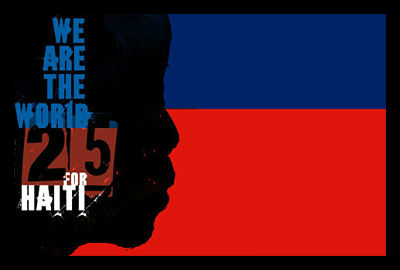
Legendary pop king Michael Jackson has been dead for the past five years, but the sentiment of his charity single “We are the World” rings on brightly and truly. The charity single was originally composed by Michael Jackson and Lionel Richie and performed by USA for Africa to promote humanitarian efforts against famine in Africa.
Since its release in 1985, the globally-successful super-hit single has gone on to sell over 20 million copies, raising over $63 million for charity and has gleaned three Grammy Awards, an honor regarded as the highest accomplishment in the American music industry.
Following its original release, venerated artists have continued to remake the single. For instance, preserving the benevolence and enthusiasm of the original recording, over eighty artists, including the likes of Justin Bieber and Janet Jackson, participated in recording “We Are the World 25 for Haiti” in 2010 following the devastating magnitude 7.0 earthquake in Haiti. In the months after the earthquake, Haitians scrambled to recover from the widespread mutilation of their homeland.
According to the Disasters Emergency Committee, as a result of the earthquake, 220,000 lives had been lost, 1.5 million civilians lost their homes, and over 19 million meters of debris, a vast enough amount to stretch from London to Beirut, was scattered through Port-au-Prince, the Haitian capital. In response, artists featured on “We are the World 25 for Haiti” rallied together, forgoing royalties, in order to raise money for aid in Haiti. Although the single received largely negative reviews from critics, it was commercially successful, debuting at number two on the Billboard Hot 100.
Despite the efforts of “We are the World” remake, nearly four years after the earthquake in Haiti, recovery remains slow, with many spectating that relief organizations themselves have misused the aid money. However, progress, albeit timely, has indeed taken place. For instance, the United Nations has pledged to donate $2.2 billion to protect Haitians against cholera, while the Red Cross has donated nearly all of its $486 million in donations to help rebuild the nation.
Although critics allege that most relief efforts that have taken place in Haiti only tackle superficial problems rather than healing more inherent, complex issues that require more than mere repair of infrastructure and clean-up of debris, with donations and international support, Haiti continues to rebuild and recover from the destruction wrought by the 2010 earthquake. As long as people around the globe spread the message of “We Are the World,” Haiti, along with other countries affected by natural disasters, will be able to mend and flourish.
– Phoebe Pradhan
Sources: We are the World Foundation, Disasters Emergency Committee, NBC, Billboard, Huffington Post








